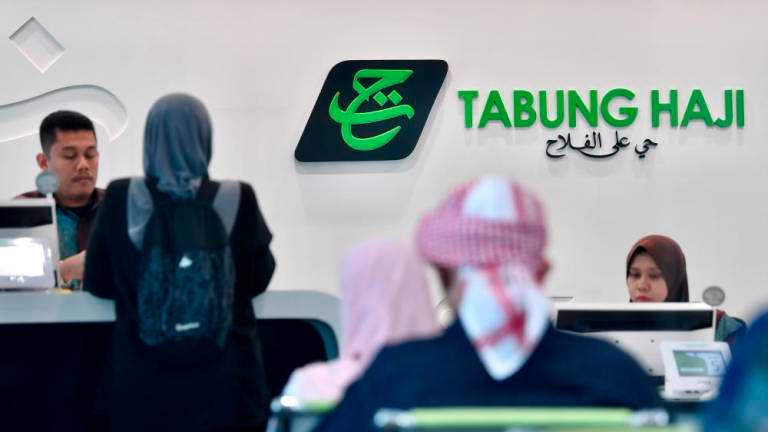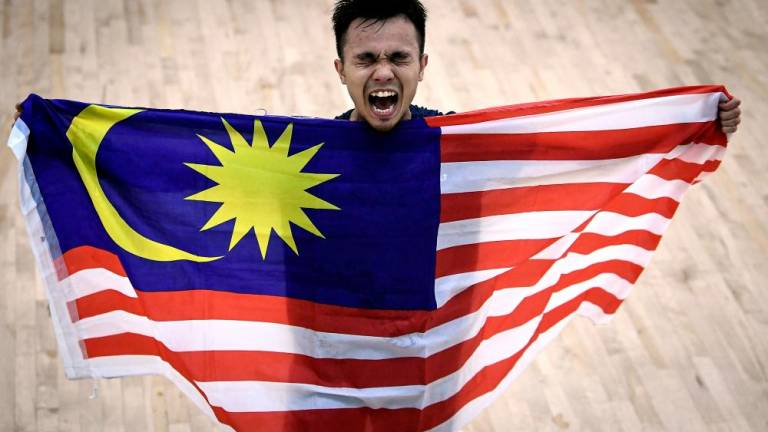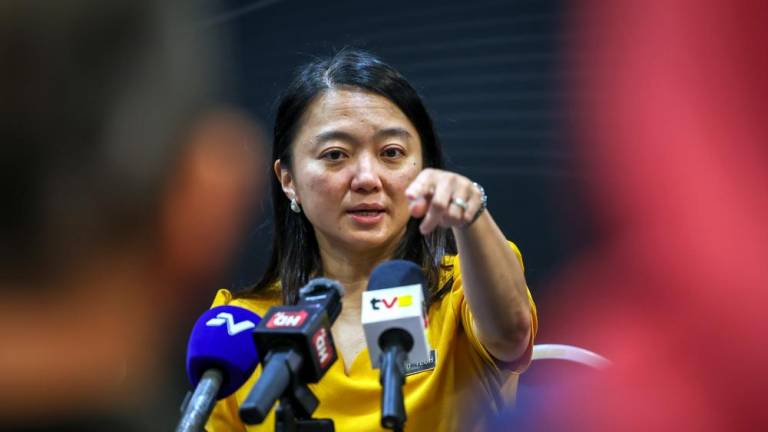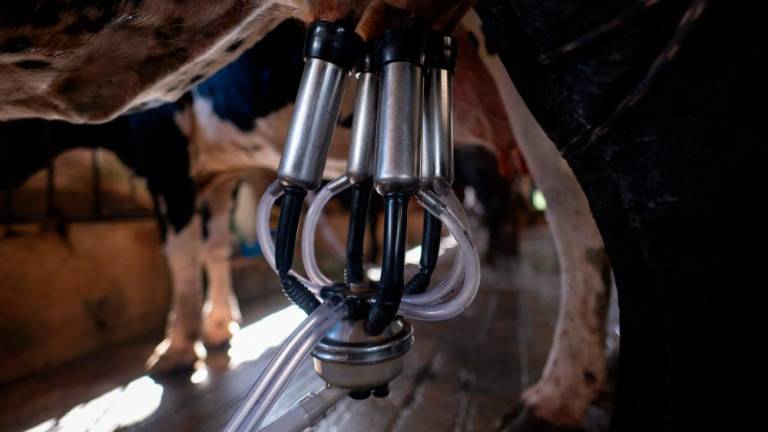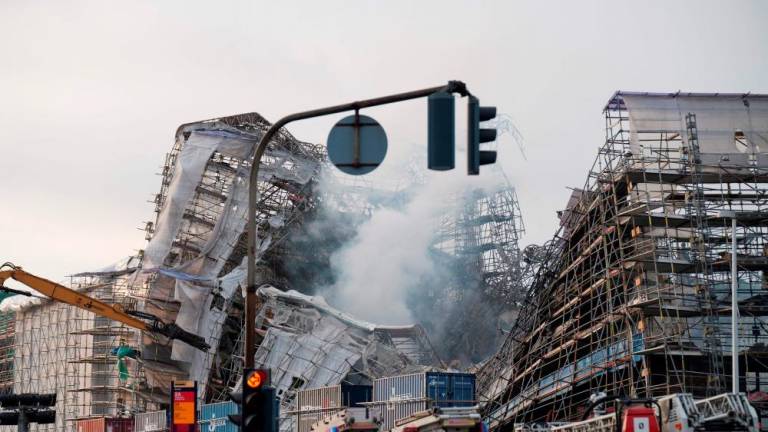KUALA LUMPUR: The performance of the domestic and global investment markets until the end of this year will determine whether Lembaga Tabung Haji (TH) can maintain its profit distribution level.
Executive Director of Group Finance Mustakim Mohamad said TH would continue to strive to provide reasonable returns to its depositors despite facing various challenges to maintain its profit distribution rate due to the weak domestic and foreign markets.
“The current investment environment is very challenging for all investment institutions, including TH, to maintain the level of profit distribution for 2022 similar to the previous years.
“Like all investors, TH is not excluded from the ongoing effects of the post-pandemic Covid-19, which puts double pressure in terms of income (due to the increase in financing rates, economic and market weaknesses) and also expenses (due to the increase in inflation and the weakness of the foreign exchange rate),” he told Bernama.
However, he said TH would continue to make every effort to provide a reasonable return to its depositors, in line with its mandate of managing the savings of Muslims to perform haj.
He said the Russia-Ukraine war, China’s “zero Covid-19” policy, significant increases in inflation and loan or financing rates, weakening economy, stock and capital market uncertainties and the fall of the ringgit against foreign currencies, especially the US dollar, have had a negative impact against TH and other investment institutions in Malaysia.
He said all investment institutions, including TH, were not spared the effect of economic and market weaknesses, especially when the FBM KLCI index fell by more than 10 per cent and the global market plunged by around 30 per cent in 2022.
Mustakim said the impact of the significant decline in the stock market was exacerbated by the increase in interest rates, which affected the value of fixed-income instruments such as sukuk.
The increase in the cost of haj affects distribution amount
Meanwhile, he said the sharp increase in the cost of haj due to the additional costs imposed by Saudi Arabian authorities would also have an impact on TH’s total profits distribution this year.
“For the last two years (2020 and 2021), we did not send Malaysian pilgrims to perform the haj due to a decision by the Saudi Arabian government following the Covid-19 pandemic, therefore, TH did not bear haj-related expenses, including haj financial assistance.
“(However) pilgrims from outside Saudi Arabia have been allowed to perform haj again this year and the amount of haj financial assistance borne by TH is almost RM200 million plus operational expenses incurred amounting to almost RM50 million,” he said.
Implements prudent and resilient investments
He said TH has implemented a prudent and defensive investment approach to ensure depositors’ savings are not too affected by market uncertainty.
Mustakim said TH had made improvements in terms of strategic assets allocation, starting 2019, to be more in line with TH’s establishment objective, which is to manage savings for haj matters for the medium and long-term.
The allocation of assets in fixed income instruments such as sukuk was increased to 58 per cent of assets under TH management while the allocation of assets to stock investments (equity) was reduced to 23 per cent to guarantee more stable returns and be less affected when stock market conditions are uncertain.
He said the strategy has shown positive results where the total income recorded in the first half of 2022 remained resilient with a decrease of only three per cent compared with the same period in 2021 despite the challenging economy and uncertain market.
Mustakim said savings returns in TH were also competitive in 2020 and 2021 with rates higher than shariah savings in local banks.
Besides benefitting from the return of profits on their savings, TH depositors also contributed directly to help Malaysian pilgrims through the haj financial assistance.
TH also paid zakat on behalf of depositors and they no longer need to pay zakat on savings and profit distribution received.
“Usually, if investment institutions want high returns then they have to take high risks as well (but) TH can’t take high risks because it is contrary to TH’s mandate, which is to remain in place to manage haj affairs, and a stable and sustainable return is more appropriate,” he said.
Mustakim said income from fixed-income instruments that provided more stable returns now constituted the majority of TH’s total income.
“TH assets allocation was also optimised to be proportional to low and medium risk for medium and long-term returns.
“TH also practiced prudent and controlled spending when faced with the threat of inflation, where operational and fund management costs only increased by 3.6 per cent in the first half of 2022, which is proportional to the increase in inflation,” he said.
He said the targeted haj financial assistance for B40 and non-B40 pilgrims implemented this year is also to partly offset the increase in the cost of haj.
Profit distribution of 6-7 per cent in 2011-2014
Commenting on TH’s ability to distribute profits at a rate of around six to seven per cent between 2011 and 2014, Mustakim said the economic landscape at that time was much more positive where the FBM KLCI was at 1,500-1,800 level with the highest level recorded at 1,900.
“The foreign currency exchange rate was also at a good level, where the comparison between the ringgit and the US dollar (US$) was around RM3.10-RM3.30 for every US$1.
“The cost of haj at that time was also lower at RM14,340-RM16,155 per pilgrim, where the haj financial assistance provided was at 30-40 per cent of the haj cost per pilgrim,” he said.
However, he said the stock market did not show an encouraging performance this year due to global uncertainty with the FBM KLCI at the level of 1,390-1,500 while the ringgit to US dollar exchange rate had fallen to the level of RM4.30 -RM4.80 for every US$1.
The cost of performing haj for each Muassasah pilgrim also increased approximately one-fold to RM28,632 per person and financial assistance for haj by TH also increased to 55-65 per cent of the cost of haj per person.
Factors influencing TH’s rate of return
Mustakim said TH’s rate of return is also influenced and proportional to the level of savings liquidity, equivalent to a bank’s current account and savings account (CASA), which is cash on demand.
He said unlike other investment institutions such as retirement funds, depositors are free to withdraw their savings at any time while there is no fixed amount of savings or incoming funds such as mandatory deductions by retirement funds.
“If we look at retirement funds as an example, every month they will get funds in the form of mandatory contributions by employers and employees and withdrawal of savings by contributors cannot be done at will.
“Unlike TH, here we need to provide cash flow allocation to ensure our depositors can withdraw their savings according to the amount and time they want,” he said.
He said TH also doesn’t have capital injections from the government to increase the level of return.
“The objective of investment risk management by TH is between low to medium level because for the medium and long term, it is parallel with the waiting time to perform haj.
“TH’s strategic assets allocation is more resilient because it does not rely heavily on buying and selling investments but depends on dividends and profit rates of shariah-compliant fixed income instruments.
“TH’s investment exposure abroad is also much lower than the three largest investment institutions in Malaysia,” he said.
He said the haj operation management expenses, including haj financial assistance given to Malaysian pilgrims, came from the same sources of profits distributed to depositors.
Therefore, he said prioritising haj-related expenses would affect the distribution of profits and vice versa.
He said in comparison, TH’s rate of return was stable at a rate of three per cent for the past few years while some fund managers were in a downward trend.
“However, the extremely challenging economic and market conditions caused TH to be also affected this year,” he added.-Bernama



